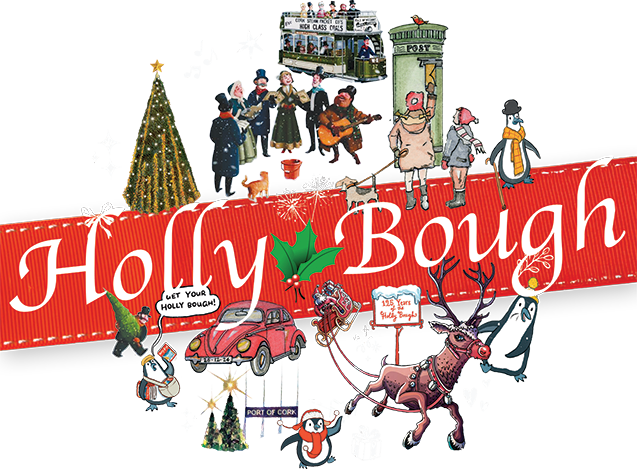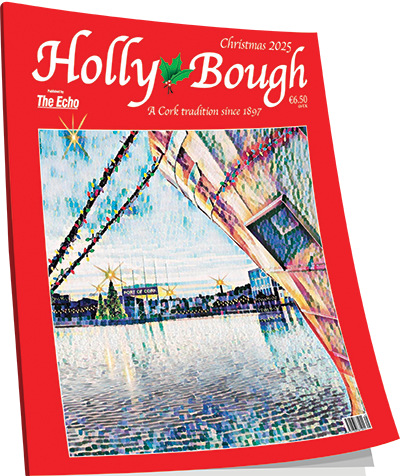Nostalgia: Buckle up for a journey into Cork's sporting past with soccer stars Harry and Bobby Buckle
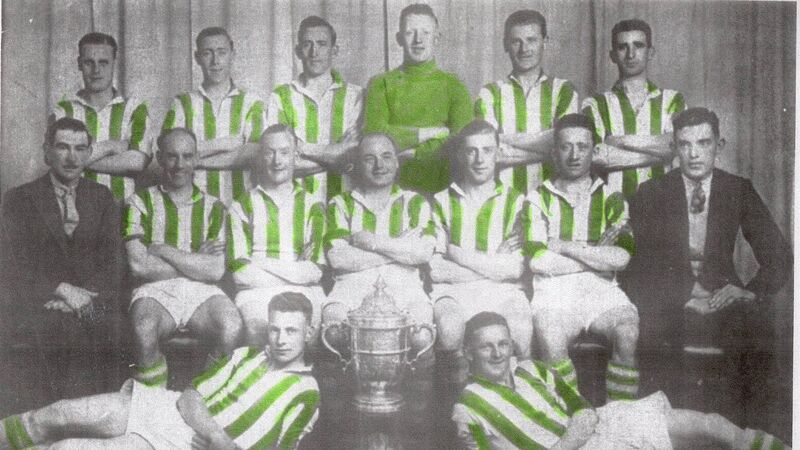
Bobby Buckle emulated his father when winning an FAI Cup medal with Cork FC in 1934. He is seen in front on left. Back: Hughie Connolly, Paddy Lennon, Maurice Cummins, Jim 'Fox; Foley, Andy Haddow, Tom Burke. Seated: Jack O’Mahony, Bobby Hogg, Harry Chatton, Johnny Paton, Jack Kelso, Miah Neville, (-). On ground: Bobby Buckle, Timothy Jim O’Keeffe.
COULD a pile of old photographs found in a loft in Lenadoon Avenue be those of famed Belfast footballer Harry Buckle and his family?
This is the question the Andersonstown News is seeking to answer after the photographs were handed in by Deirdre Finnegan.
Deidre told the paper the photographs were found in her attic and believed they belonged to the family who had previously lived there — 47 years ago.
The collection includes items such as First Communion photos and certificates from the Clonard Appeal Fund and the Family Rosary League.
Also included are original wedding photographs as well as family snaps of what appears to be a trip to America.
Deirdre said when she moved into the property it was previously occupied by a man with the surname Buckle and his daughter.
The property was also home to a priest whom we believe may have been a relation (perhaps a brother) of Mr Buckle.
Interestingly, attached to one of the photographs was an old gas bill from 23 November 1968 for a Mr H R Buckle of 94 Percy Street in the Lower Falls.
Percy Street was one of the streets which was burned out during the violence and rioting in 1969 when loyalist mobs drove many Catholic families from their homes in the lower Falls.
A Belfast Street Directory in the Andersonstown News office confirms the above address is listed as ‘vacant’ (burned out) in 1976.
It’s possible that the Buckle family moved from the Falls to Lenadoon and settled in the area like many other families from that time. A Family Rosary League certificate from March 24, 1954 lists Harry Buckle, his wife Mary and three children, John, Harry Jr and Joan.
Searching online for ‘Harry Buckle Belfast’ brought up not only several articles about a famous Belfast footballer, renowned and celebrated by clubs in England, Belfast and Cork, but also articles on his association with the Munster football structures following the establishment of the Football Association of Ireland in the 1920s.
Suddenly the story started to come together.
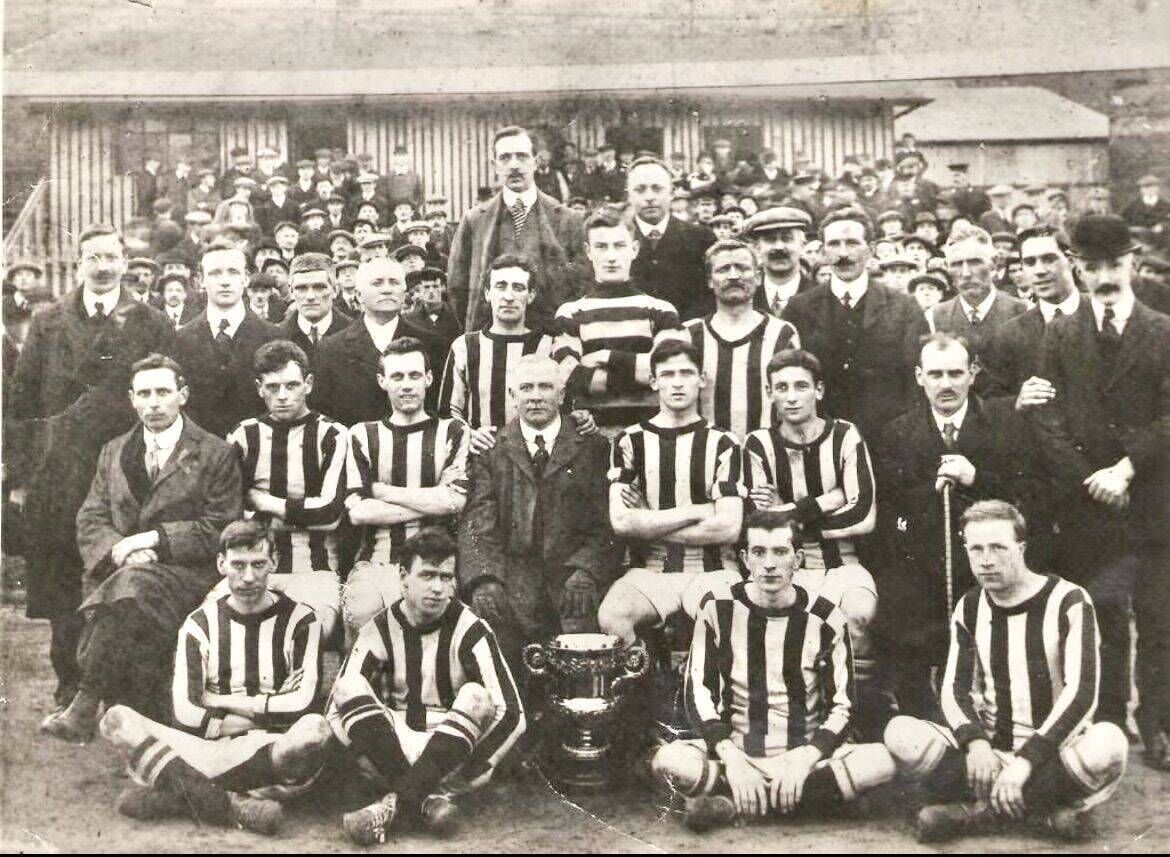
Belfast-born Harry was 20 years old when Sunderland signed him from Cliftonville after impressing for Ireland against Scotland in August 1902 in an unofficial International in aid of the Ibrox Disaster Fund.
On April 5, 1902, during a Scotland v England match in the British Championship at Ibrox, a section of terracing at the back of the newly built West Tribune Stand collapsed due to heavy rainfall the previous night.
Hundreds of supporters fell up to 40 feet to the ground below. 25 people died and 517 were injured.
Harry made 46 appearances for Sunderland and was capped against England in 1904.
Harry’s wife was born in the North East and her father was the proprietor of Hunters Bar in Sunderland. He was transferred to Bristol Rovers in 1907 and gained his second cap against Wales the following year. Between 1909/11 Harry was player-manager of Southern League Coventry City before returning to Belfast to take up employment in the Harland and Wolf Shipyard, where he worked on the Titanic.
Back home he assisted Glenavon, Belfast Utd and Belfast Celtic and was leading scorer with Celtic on their five-match tour to Prague in 1912.
Harry was one of 17 Catholic workers who were thrown into the icy waters of Belfast Lock.
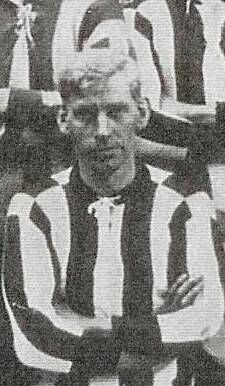
Catholics were murdered during the sectarian violence at the time. Harry was also attacked during lunch break at the dockyard. He received a serious facial injury from an iron bolt that was thrown at him by a loyalist mob who were aware of his Belfast Celtic connections. This rampant discrimination against Catholics forced him to seek employment in Wales. He resumed his football career in Plymouth Argyle’s colours in the Southern League.
SWITCH
Harry then secured employment in the Passage West shipbuilding yard before later accepting a job at the newly constructed Fords Motor Company.
Harry was one of a group of soccer enthusiasts who tried to organise football in the city and showed his versatility when he refereed the first Inter-Provincial between Munster and Leinster which was played in Victoria Cross.
The meeting at which the Munster Football Association was formed was held at Desmond’s Hotel on March 19, 1922 and was illegally chaired by Harry Buckle (he was a professional footballer and, therefore, could not serve on the body).
Harry then became a founder member of Fordson’s FC and at the ripe old age of 45 starred on the side which defeated Shamrock Rovers in the final of the Free State Cup (FAI) in 1926.
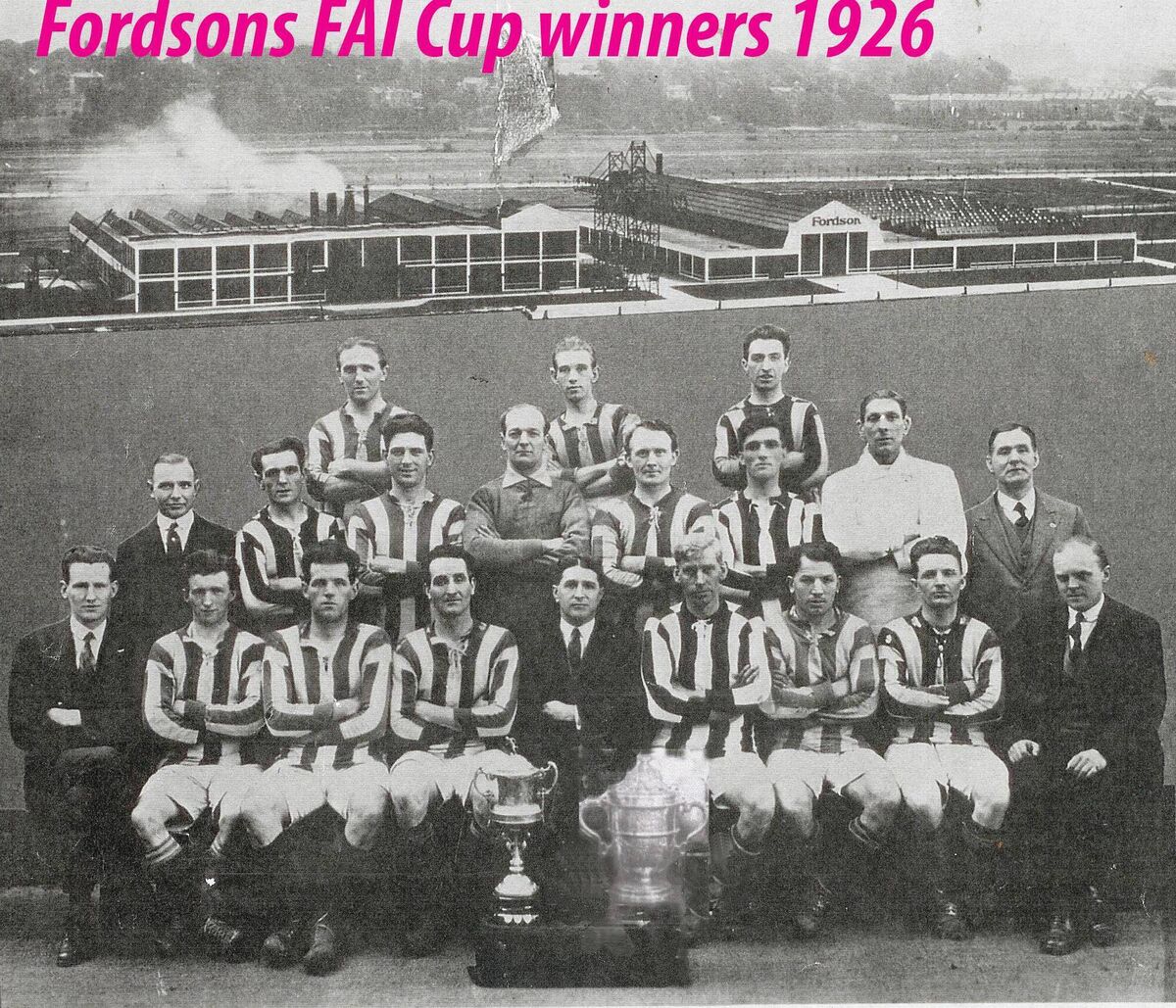
After his retirement he was elected as a member of the Munster Football Council and became secretary of Cork FC which replaced Fordson’s in the League in 1930.
He held that position on St Patrick’s Day 1934 when the glorious Buckle name was perpetuated as son Bobby emulated him starring on the team which defeated St James’ Gate to bring the FAI Cup to the city for the second time.
Bobby was born in Coventry in 1908 a period during which his dad was player manage of Coventry City.
He became a fitter by trade and worked in Fords before moving to Dunlops in later years. So the first father and son to win FAI Cups were Ford employees.
His soccer days over Bobby was reinstated by the GAA and played with St Nick’s. He married Eileen Creedon a sister of one of Cork’s great hurling goalkeepers Dave Creedon.
MATCH-WINNER
He scored both goals when St Nick’s defeated Clonakilty in the 1938 Cork County Senior Football Championship final. Bobby won a second county when Nicks defeated Millstreet in 1941 and was a handy hurler too and played with Cork juniors in 1940.
Bobby’s grandson Dave Barry, an Irish U21 International and an All-Ireland Senior football medallist with Cork, added a third medal to the Buckle clan’s collection when managing the Cork City team which defeated Shelbourne in the 1998 FAI Cup final.
Joe McCann of belfastmedia.com writing in the Andersonstown News takes up the story here;
“Wikipedia states Harry was the first ever manager of Coventry City, played for the Irish national team and also played for teams such as Belfast Celtic, Cliftonville, Sunderland, Bristol Rovers and Ford FC, which later Cork FC.
“Harry Buckle also scored in the final of the Gold Cup for Belfast Celtic against Glentoran in 1912. Upon contacting the Belfast Celtic Society they were able to give us more information about footballer Harry Buckle.”
An article for ExtraTime titled: ‘Harry Buckle: The Belfast Man who Saved Munster Football’ states: “In 1920 Harry Buckle’s life was at a crossroads. In a sectarian attack, the Irish international had been thrown into the icy waters of Belfast Lough alongside 17 other Catholics.
At the time he had been working in the Protestant-dominated Harland & Wolff shipyard while playing part-time football for Belfast Celtic when he was confronted after work one evening.
“Days later, he was told ‘to get out while the going was good’ by a friend in work.”
After being driven from Belfast by sectarianism following the establishment of the Northern state, Harry Buckle settled in Cork and began working for the Ford Motor Company.
A further article in the Irish Examiner states: “Finding little or no association football activity in the city, Buckle founded Ford FC and then helped found the Cork-based South Munster League for the team to play in.
“In addition to playing and coaching with the new club, Buckle also served as president of the Tipperary/Limerick-based North Munster League and helped reform the Munster Football Association.”
CONNECTION
Harry’s work in Cork may also have been helped by another very interesting source.
The Belfast Celtic Society confirmed that during Harry’s spell at Belfast Celtic their goalkeeper was none other than famed Irish revolutionary and statesman Oscar Traynor.
The Belfast Celtic Society said: “In the photo sitting beside Harry Buckle is a man called Louis Crowe. Louis Crowe and Oscar Traynor (goalkeeper with horizonal stripes) were both from Raheny in Dublin.
Oscar Traynor was one of the leaders in the 1916 Easter Rising and played in the same team as Harry Buckle.
“Traynor and Crowe were both from Raheny and one of the oldest items in our collection is a telegram to Louis Crowe from the club telling him to get up to a training session.
“What the club used to do was give a little money to the train driver to slow down when going through Raheny, which is today part of Dublin, but then was in the country, they’d pay the driver to slow down and the pair would hop on and hitch the ride to Belfast.
“Oscar Traynor is a big name in Irish history and he went on to be the Minister for Defence during the Second World War, called ‘The Emergency’ in the Republic.
“Everyone said it was very appropriate a goalkeeper would go on to be Minister of Defence!”
After Traynor’s retirement from politics he also served as president of the Football Association of Ireland from 1948 until his death.
“We would imagine Harry’s work with the Munster Football Association would have involved some help from Oscar Traynor as they were friends.”
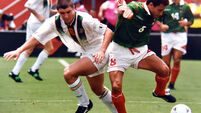
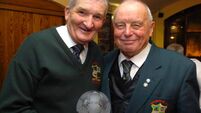
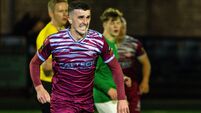
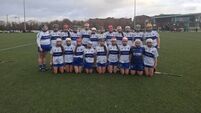
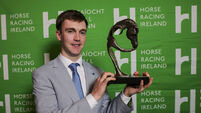
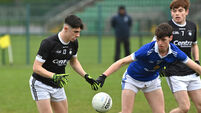
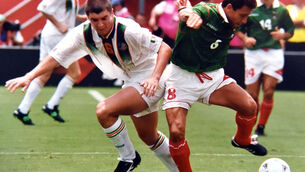

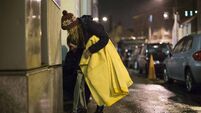

 App?
App?






